The 9 Most Toxic Products You Use Every Day!
Everyday products contain chemicals that are known to be toxic. Most products do not undergo thorough safety assessments before being sold. Please take a look below for the most toxic products used every day in the workplace, on your body and at home.
The Most Toxic Products Used in the Workplace
Asbestos exposure is the No. 1 cause of work-related deaths worldwide. Asbestos exposure may lead to mesothelioma.
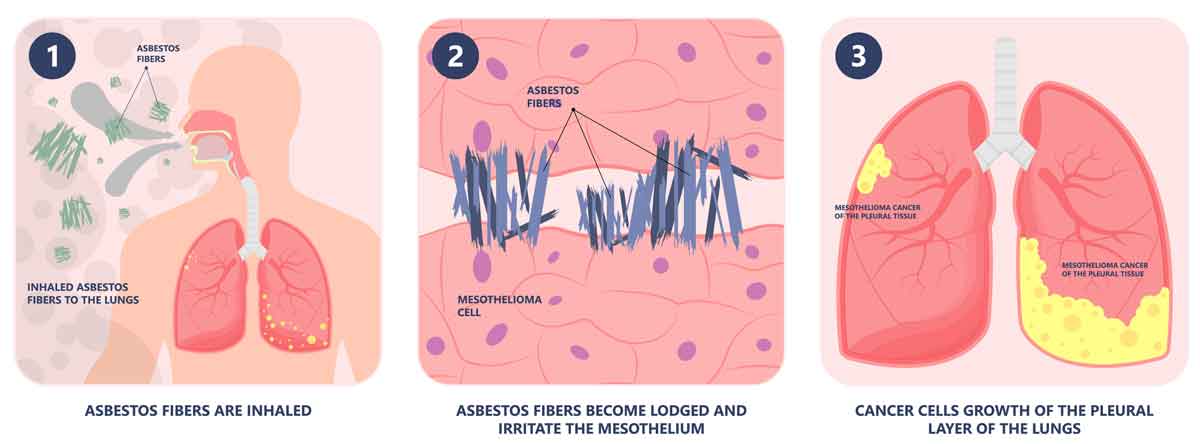
Mesothelioma is an aggressive and deadly form of cancer. You may be exposed if you work in building maintenance, plumbing, boiler making, demolition, and other construction trades.
Engineered stone may be the new asbestos. Engineered stone, including quartz countertops, poses an emerging and lethal health hazard.
The high concentration of crystalline silica in engineered stone poses a significant risk to those who cut, shape or polish it. The fine dust released during these processes contains crystalline silica particles that can cause irreversible damage to the lungs, leading to silicosis, cancer, autoimmune diseases, and death. Recently, Australia took an unprecedented step by banning engineered stone manufacturing, supplying, processing, and installation. If you would like more information, please click here.
The Most Toxic Chemicals Used In the Workplace
- Adhesives
- Auto/vehicle marine care products
- Cleaners, degreasers, and solvents
Individuals working with engines have a four times higher risk of developing lung cancer compared to the general population.

If you must use these products, you can reduce your exposure considerably by not using aerosol/ spray formulations. Spraying these products will cause you to breathe in much more of the toxic chemicals.
According to the WHMIS regulations in Canada and the Hazard Communication Standard in the United States, workers must receive training on the potential health effects of chemicals, labels, safety data sheets (SDSs), and how to apply this knowledge to safeguard their health and safety.
Unfortunately, many SDSs have been discovered to lack crucial health warnings. Without accurate information about health hazards, workers cannot adequately protect themselves, and the hazard training provided by their employers becomes less effective than necessary.
The Most Toxic Substances That Come Into Contact With Your Body
- Nail coatings
- Hair styling products
- Hand sanitizers
Using hair styling products every day is why hairdressers have one of the highest rates of bladder cancer among all professions.

Recent research has identified that using hair straightener products may lead to cancers in women.
The most commonly reported highly dangerous chemical used on the body is formaldehyde, a toxic substance and confirmed human carcinogen found in embalming fluid. In addition to nail coatings, formaldehyde can be found in various cosmetics, nail care products, and even shampoo.
Benzene a very potent cancer causing chemical has been found in dry shampoos. The source of the benzene is thought to be the propellants (compressed gases) that force the product out of the nozzle.
The Most Toxic Substances Frequently Used At Home
- General-purpose cleaners (aerosols)
- General-purpose cleaners (non-aerosols)
- Miscellaneous office and art supplies
Numerous consumer products incorporate multiple chemicals associated with cancer and other severe toxic effects.
Labelling on consumer products in Canada and most States in the U.S. does not require identifying products that may pose health risks from chronic exposures such as cancer, reproductive toxicity, and skin or respiratory sensitization.
For example, Formaldehyde was discovered in products commonly used in households, such as general-purpose cleaners, hand dishwashing soap, and bathroom and tile cleaners.
Among the top highly toxic chemicals, methylene chloride was found to be emitted in the largest volume. Methylene chloride is highly toxic and has the potential to cause cancer. It can be found in personal care products, hand dishwashing soap, adhesives, sealants, caulks, cleaners, paint removers, or strippers. Methylene chloride is also used to make decaffeinated coffee.
Most products use more than one chemical in their formulation. The health impacts resulting from the countless combinations of these chemicals remain unknown. To ensure your well-being and safety, please remain vigilant in recognizing and controlling your exposure to the products you use.
Both workers and consumers are frequently exposed to toxic chemicals throughout the day.
You can reduce exposure to hazardous chemicals by using the safest product available. Don’t use aerosol spray products; if you must, open windows and doors to reduce your exposure. In some cases, a respirator may be required.
Microplastics, forever chemicals, and phthalates are emerging problems affecting our health at work and home. For more information, click here.
Always make it a habit to read labels and consult Safety Data Sheets (SDSs). However, it’s important to note that labels and SDSs do not always provide the whole picture. A study revealed that 30% of analyzed SDSs contained inaccurate chemical hazard warnings, which could potentially lead to safety incidents. If you want to learn more, please consider using one of the available applications. Here are a few examples:
The Consumer Product Information Database provides Information about the ingredients of products and their health effects to allow consumers to make better informed choices.
A recent study in California utilized a chemical database to uncover alarming facts about the products we use daily at work and at home. This database focuses explicitly on volatile organic compounds, which are chemicals that evaporate and contribute to air pollution.
WHMIS training will help you identify the chemical hazards at your work. Try the free WHMIS training online.
We hope this information will help keep you and your family safe and free from exposure to the toxic chemicals found in products commonly used at home and work. Please let us know about the most toxic chemicals you use and what you do to stay healthy and safe.

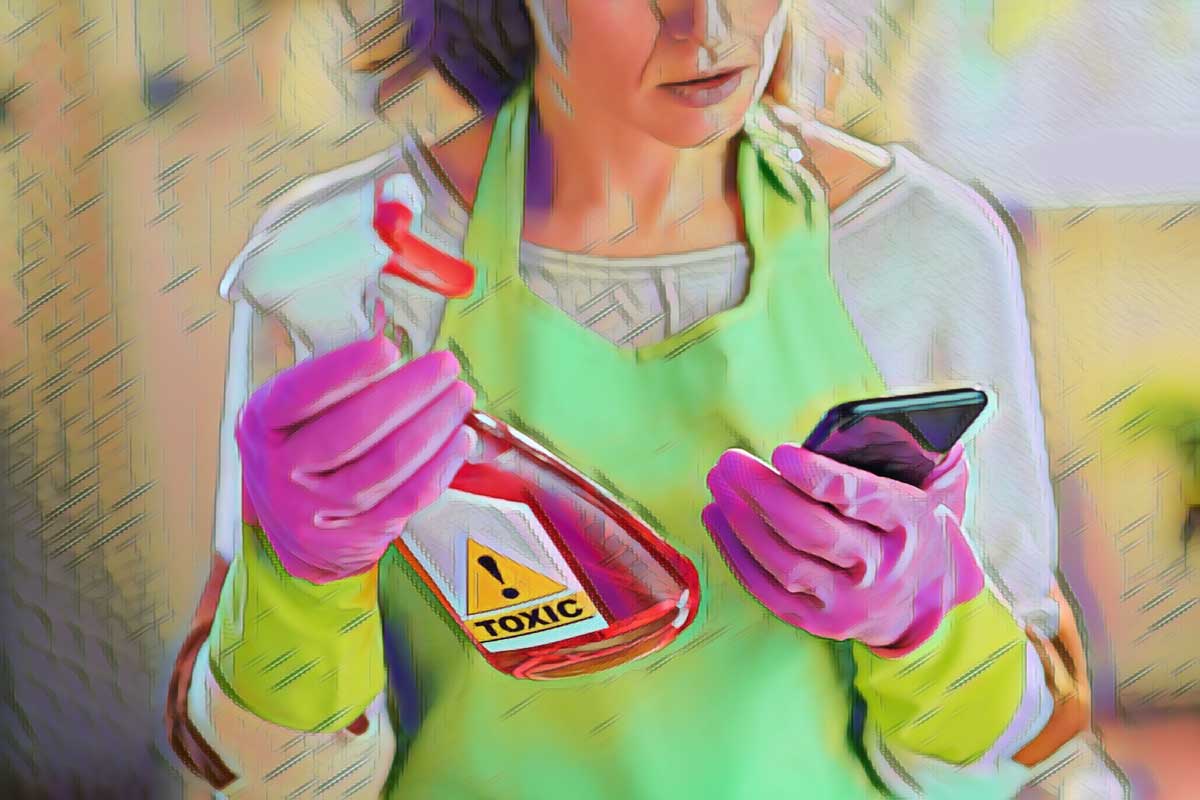
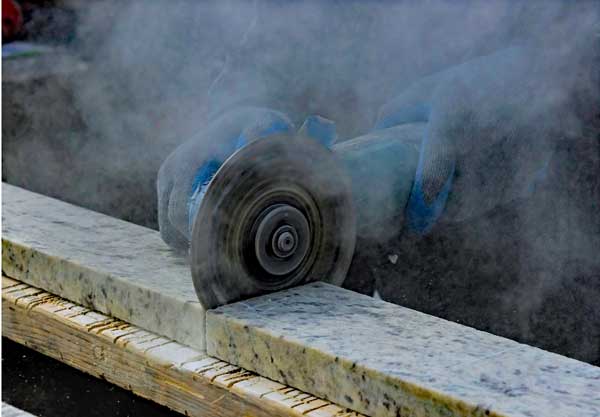
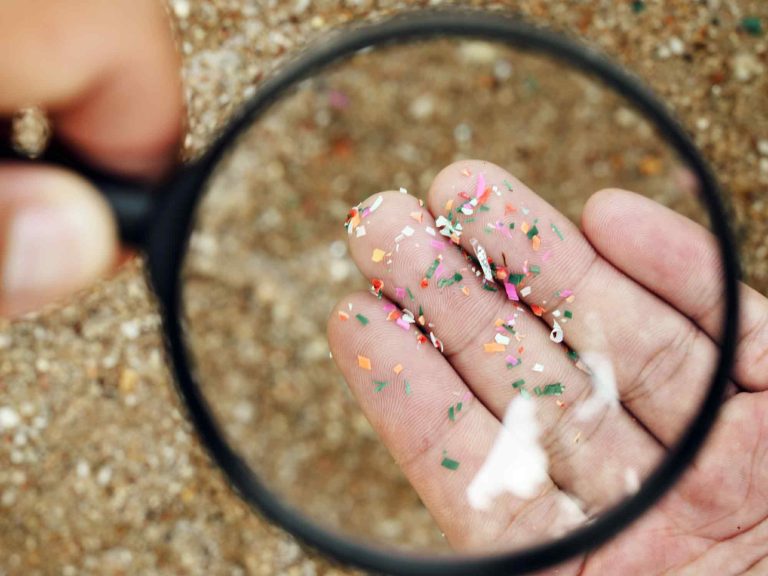



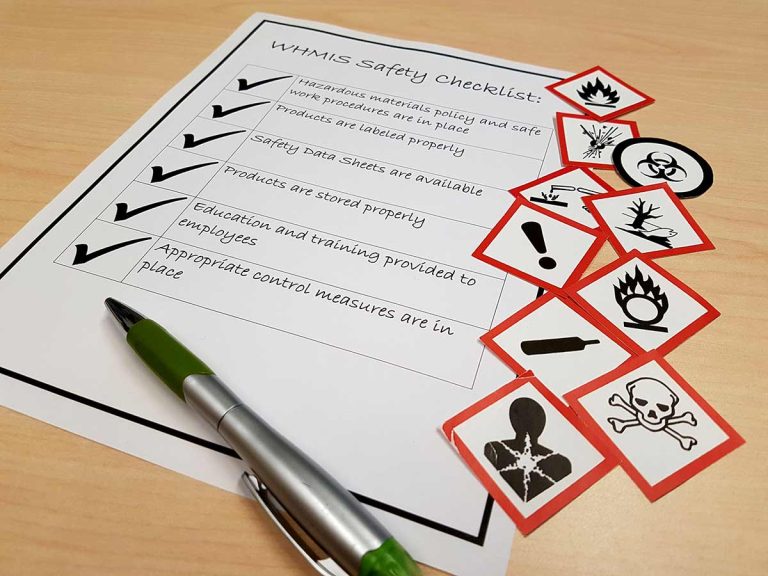
Excellent
Excelente informacion Gracias
thank.execellent information
Thanks for this wonderful teaching. I am highly grateful for this information